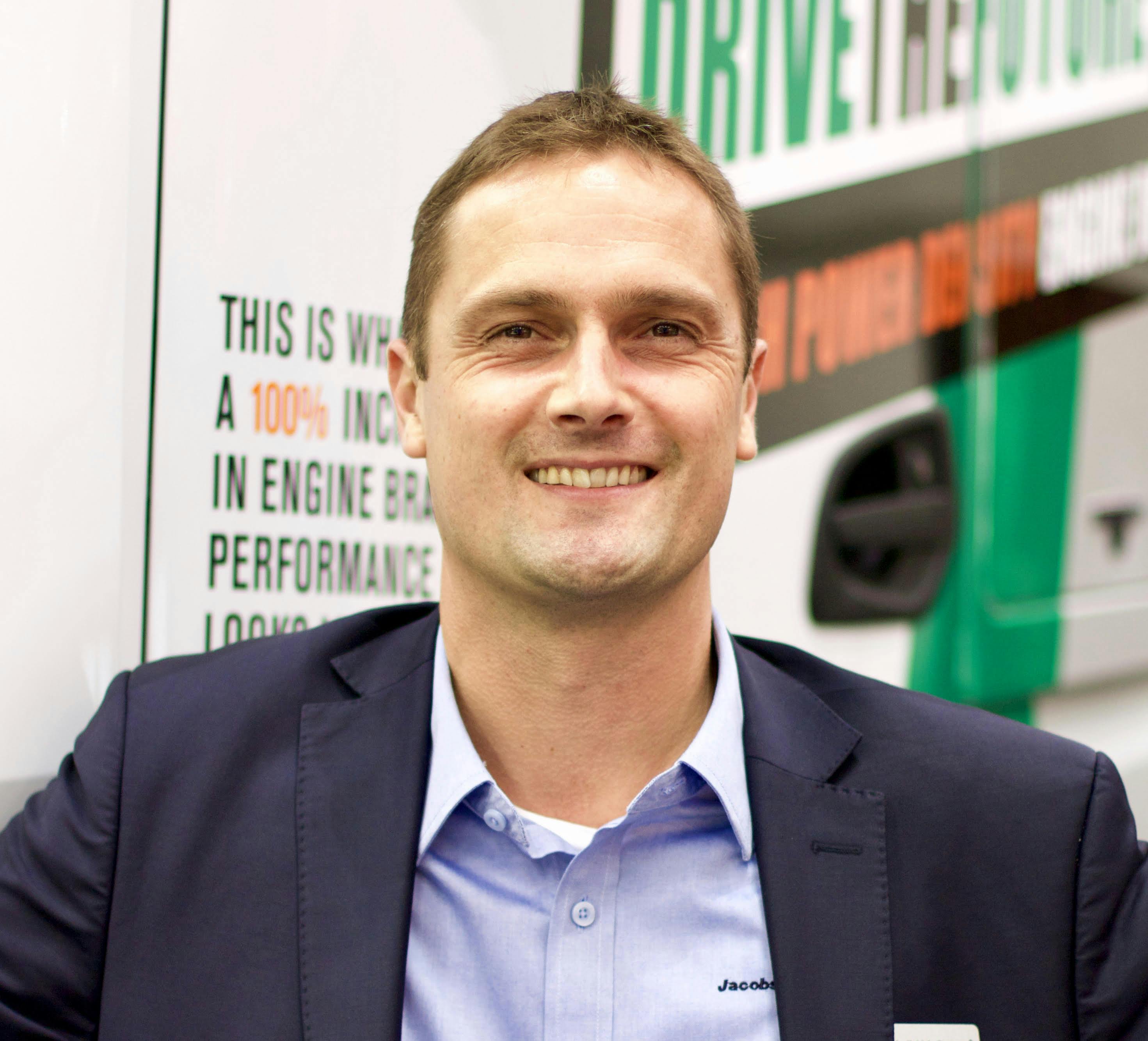Maximizing Safety and Savings: Unveiling the Power of Engine Brake Technology and Valvetrain Innovations

Engine brake technology plus innovative valvetrain solutions equals safety and savings
By Seth Skydel
You can’t see it and you can’t hear it, but inside your diesel-powered equipment, it’s likely that a time-tested and proven technology is bringing you measurable safety, engine, and component and brake life benefits.
What we’re talking about is collectively known as engine brake technology, and if you’re now thinking about the iconic “Jake Brake” that has been a feature on trucks for many decades, you’re not far off.
Jake Brake benefits
Engine brake technology is in use by almost every manufacturer of diesel engines for on- and off-highway equipment, related Hilko Schmitt, marketing and business development manager at Cummins Engine Components, Valvetrain Technologies, formerly known as Jacobs Vehicle Systems.
“Engine platforms are global, so companies are using engine brakes across their product lines,” Schmitt said.
“An engine brake is a retarding device that is integrated into the valvetrain,” Schmitt explained. “It turns your engine from a propulsion component into a very powerful absorption component, sometimes at horsepower rates that match or surpass the positive output of the engine.
“The basic advantage that engine brake solutions provide is that you are using energy that is already available to slow the vehicle or machine,” Schmitt continued. “That provides for safer operations by increasing the ability your operators have to maintain a certain speed or have control on flat surfaces and especially when descending grades.”
There are cost and downtime benefits as well. For example, Schmitt pointed out that by not wasting energy, you’re also using less fuel, which lowers costs. Using the power of the engine to slow a machine reduces the need to use foundation brakes, increasing their service life between replacement intervals.
Engine maintenance can be reduced significantly as well. For example, Jacobs engine brake technology in conjunction with Hydraulic Lash Adjusters eliminates the need to set and adjust lash as well as to optimize the cam design to enhance engine performance and efficiency. The lashless technology helps increase uptime with reduced maintenance and at a lower cost.

“In off-road machinery, operating in tough and dirty conditions is part of the game,” Schmitt said. “Opening the engine to set lash is risky because dirt or debris can enter the engine. Additionally, the process is costly and time consuming because engines in these vehicles are often integrated into the chassis in very confined spaces and have turbo inlets, exhaust manifolds, and aftertreatment systems mounted on them.”
Specialized higher technology
The industry is also increasingly subject to EPA and Euro emissions regulations similar to those for on-road equipment. While many engine platforms are shared between the industries, Schmitt noted, off-road equipment requires a specialized approach because of the differences between engine duty and load cycles.
“In applications such as agricultural machines where engine shut-off during idling is not possible due to the hydraulic equipment that needs to stay available, Cylinder Deactivation (CDA) can be particularly helpful,” Schmitt related.

The solution deactivates multiple cylinders during idle and lightly loaded times, Schmitt explained. This“provides an optimized load on the firing cylinders and ensuring optimized temperature management for the aftertreatment system, which can be a problem at low loads without CDA.
Variable Valve Actuation is another technology where the valvetrain can be used during idle or partial load conditions to provide a more optimized running cycle, and to help meet current and future EPA and Euro emissions regulations.
“Innovations in engine brakes and other valvetrain solutions are not emissions devices but they can contribute to a manufacturer’s ability to meet increasingly strict standards,” Schmitt said. “In many off-highway applications like agricultural operations, hardware and controls that are already commonplace in on-highway engine brake applications are now being applied in innovative ways to help make equipment safer and more efficient.”

About the author
Seth Skydel is a writer with 38 years of experience covering the trucking, utility, construction, and related markets.

